How Plants Bloom After Winter
Dry branches and no leaves — in winter, plants look lifeless. But every year, they display the miracle of rebirth. The reserves of nutrients help them grow again, get their leaves back, and give fruit if the conditions are right.
5-Minute Crafts is going to tell you how plants are reborn after winter.
What happens to plants in winter
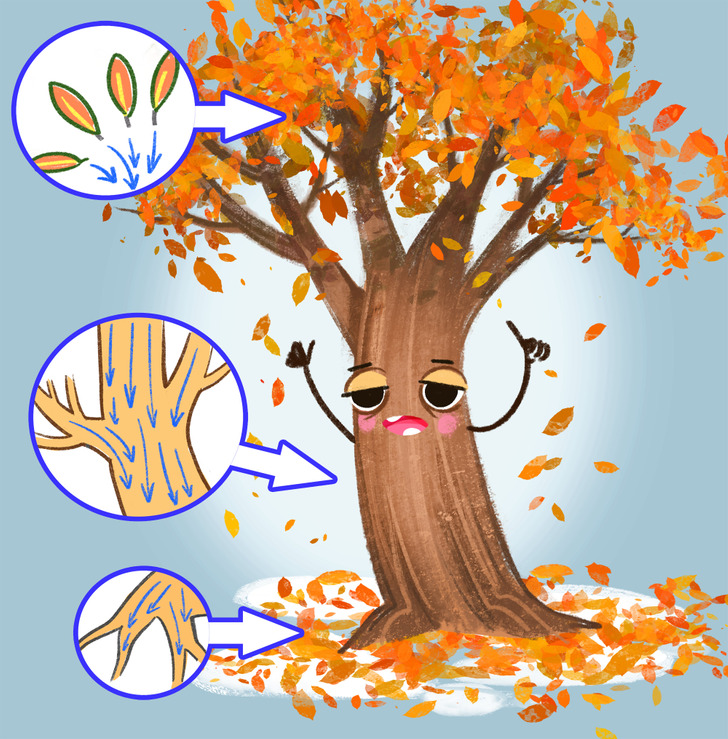
In regions with clear seasons, perennial plants have certain mechanisms that help them survive during winter. As the light in the day decreases together with the temperature, they activate the changes on genetic and cellular levels that help them adapt to the harsh weather conditions.
Deciduous plants lose their leaves every fall to lose less water. Evergreen trees and shrubs have thicker leaves that are resistant to a loss of moisture and a decrease in temperature. But still, all plants move the water from the land-based parts into the root system. The thick juice in the branches works like an antifreeze liquid.
What helps plants survive the winter
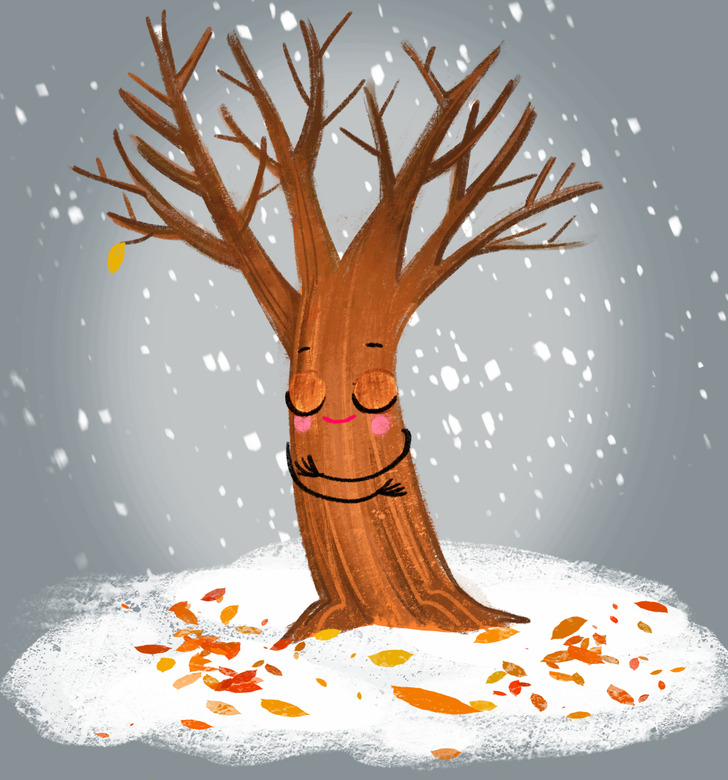
The redirection of liquids helps plants lower the freezing point of cells and tissue. This way, they can survive the cold easily. But they have a limit — they can’t do anything in the extreme cold.
The roots of trees and shrubs, despite the water reserves, don’t grow during the winter. The soil, the snow, and the fallen leaves protect the roots from hypothermia. If the temperature of the root system is higher than that of the stem and branches, the plant will be okay.
How plants wake up
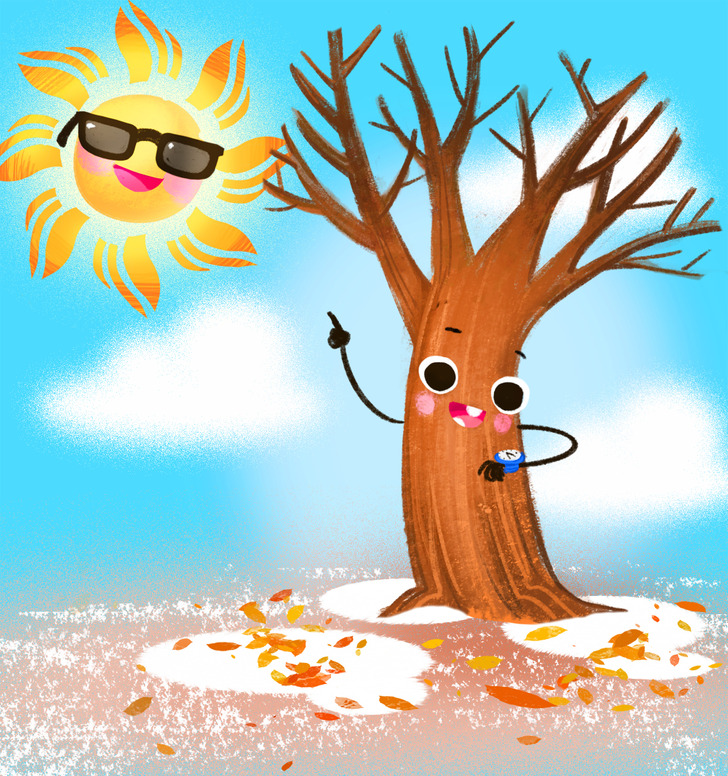
Plants can track the changes in the duration of light in a day. They contact a receptor phytochrome that tells them the nights are shorter and the days have become longer. It means that they can get more energy from sunlight to start the process of growth and cell division.
Aside from the light, plants need enough heat to grow and bloom safely. Plants can feel when the temperature is high enough for effective growth. Scientists say that the main indicator is soil temperature.
What happens in different parts of plants
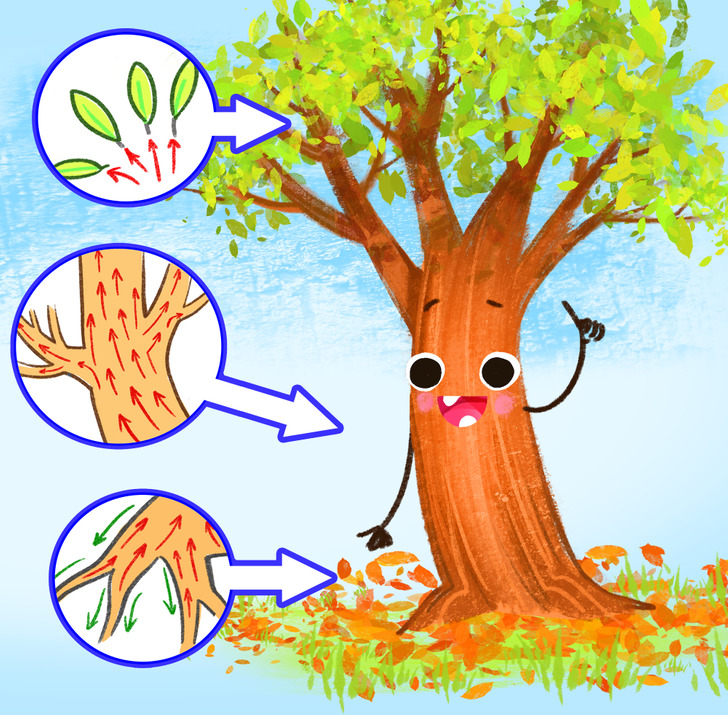
All parts of the plant start new processes when spring comes. The roots grow quickly, looking for nutrients. The juice (water and minerals) is eaten by the roots and moves up the stem and the branches. This is why buds appear.
Buds turn into leaves that start using the sunlight to activate photosynthesis and produce energy. Some trees produce blossoms or catkins before their leaves appear.
Why spring frost is dangerous
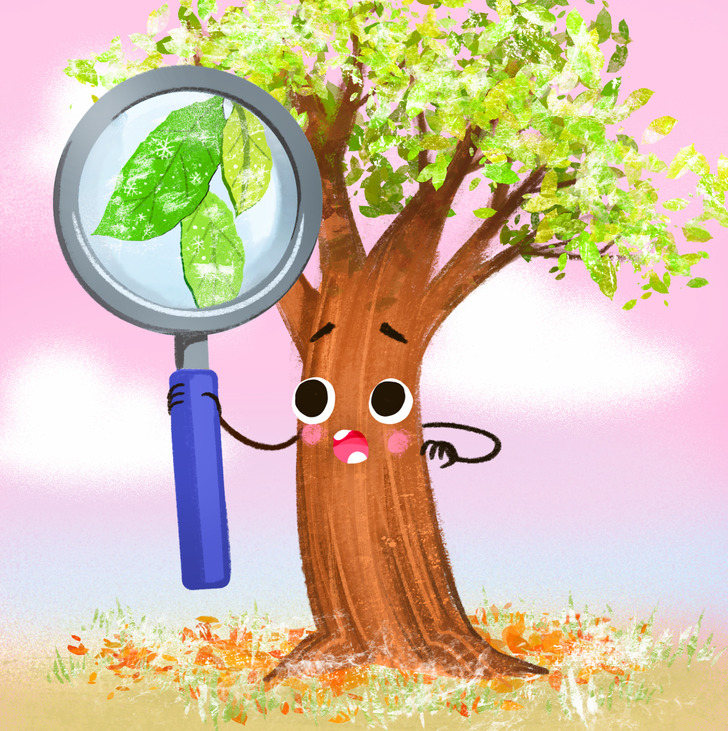
Plants want to grow leaves and flowers as fast as possible to get as much energy as they can in spring. This is why water gets into the branches and then the buds. All the tissues have a lower concentration of organic substances, like salt and sugar. Their protection from the cold is lowered.
Plants are taking a risk: spring frost can damage young leaves and buds. Sometimes, late frosts may not allow the flowers to be pollinated. In this case, fruit trees might not bear fruit.
Bonus: how indoor plants react to summer
Indoor plants don’t have an environment with sudden temperature fluctuations, but, like other plants, they can feel the increase in the duration of light in a day, a change in the quality of light, and a small temperature rise.
Indoor plants should be protected from winds and the cold during this time of the year. The plants outside are used to temperature changes, but indoor plants feel better when the temperature is constant.